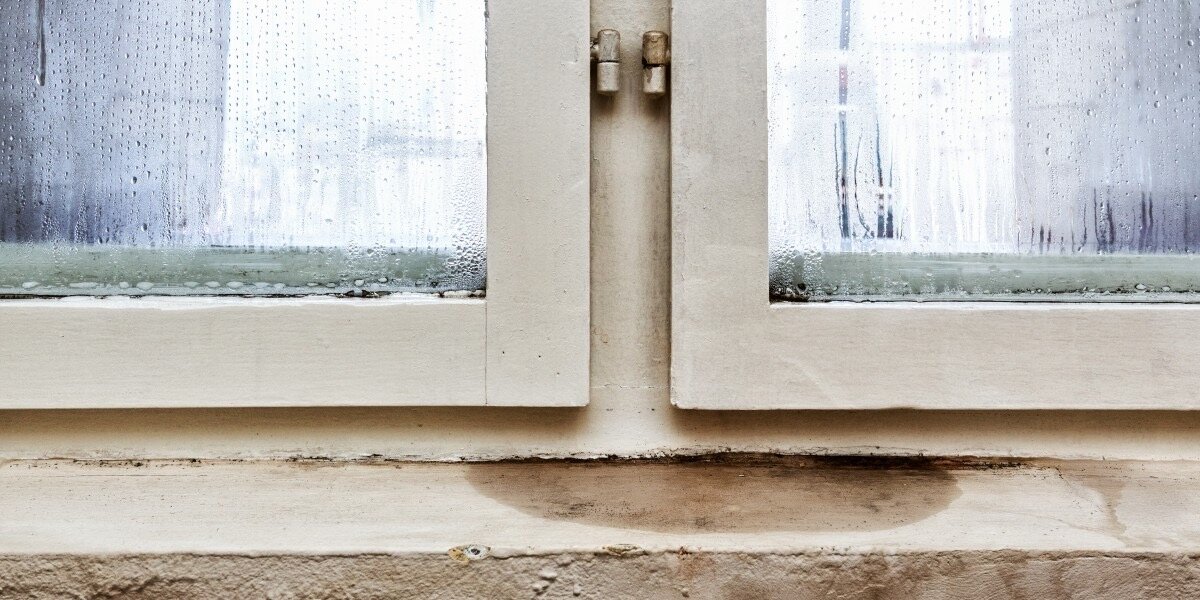
Could mold be impacting your health?
Let this sink in…
Humans spend 90% of their time in homes, offices, and schools
Over 50% of buildings in the USA have a toxic mold problem
Indoor pollutants can be up to 100x higher than outdoor levels
Indoor air pollution is ranked as one of the top five environmental risks to public health by the EPA
Mold looks like:
This.
And this.
And even this.
A simple drip under the kitchen sink is enough to contaminate an entire living environment.
Mold exposure can cause over 40 symptoms across the body.
Brain fog, fatigue, insomnia, anxiety, depression, tremors, headaches, migraines, gut issues, joint pain, cognitive impairment, temperature deregulation, acne, night sweats, excessive thirst, increased urination, sinus issues, sensitivity to light, sensitivity to smell, weight gain, weight loss, etc.
25-30% of the population are at a heightened risk due to genetic predisposition.
Toxic mold can make just about anyone sick, but those with the HLA_DR gene are extra susceptible to mold. Live and dead mold release dangerous compounds called mycotoxins. Individuals with a genetic predisposition cannot detox the mycotoxins properly, so instead these mycotoxins accumulate in tissues and organs.
Other ways that mold can impact health?
Mold allergies.
~10% of the population has mold allergies. These are typical allergy symptoms including irritation of the eyes, nose, and throat, dizziness, fatigue.
Asthma and respiratory ailments.
It makes sense that mold would exacerbate asthma and respiratory ailments, but mold is also a contributing factor to developing Asthma* in the first place. In fact, individuals are 40% more likely to develop asthma in a home with toxic mold.
Compromised immune systems.
Mold can be dangerous to those with compromised immune systems and can exacerbate underlying conditions.




